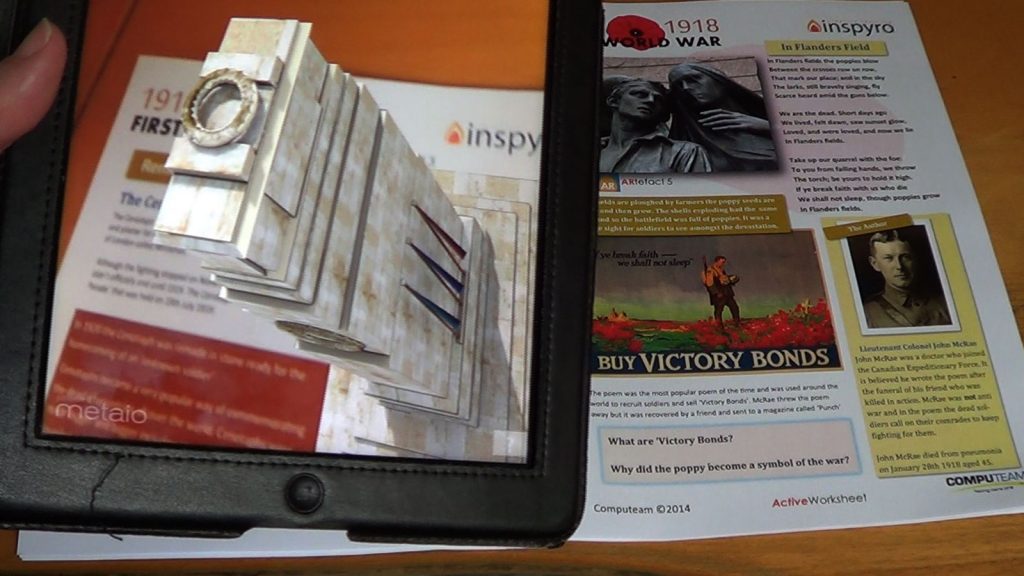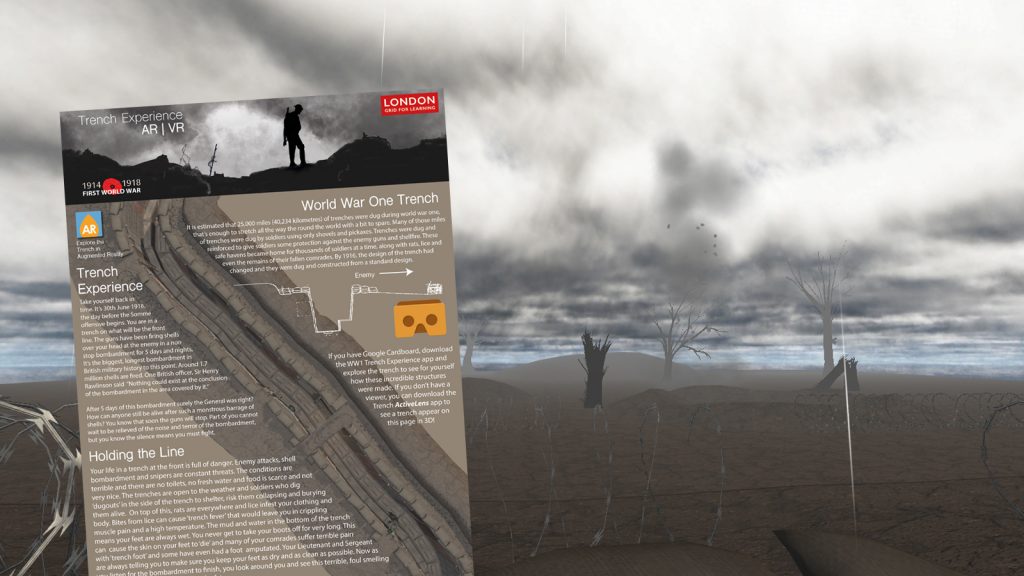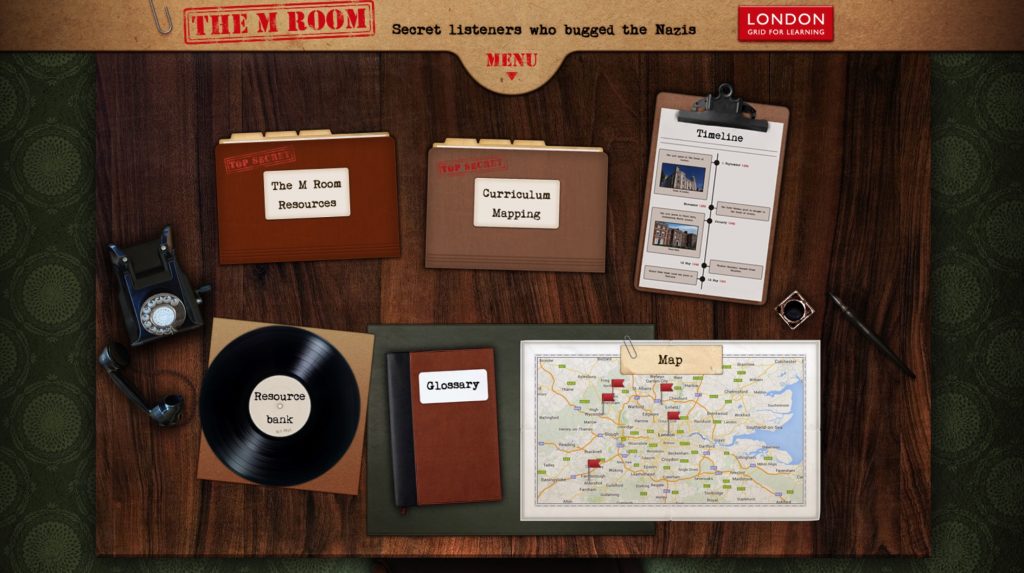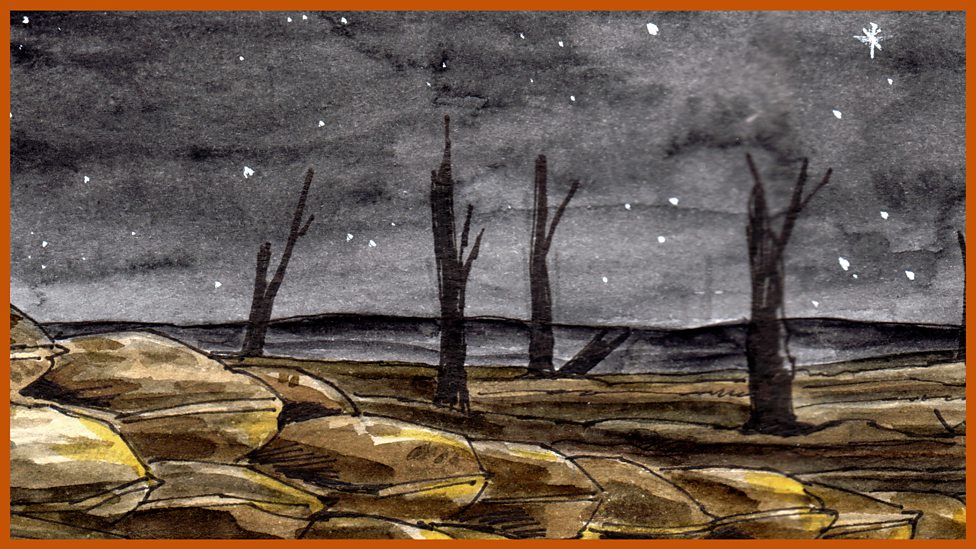Curriculum Blog
Armistice and Remembrance Day 2020
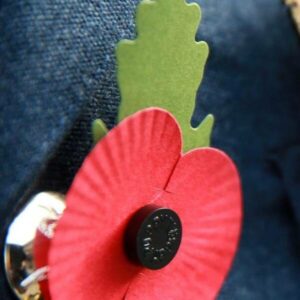
Armistice Day is also called Remembrance Day and they both refer to 11th November. This year Armistice Day falls on a Wednesday. Armistice Day marks the day that World War 1 ended at 11 am on the 11th day, of the 11th month in 1918. They are not to be confused with Remembrance Sunday which always falls on the second Sunday in November.
Every year the Royal British Legion leads the nation in commemorating and honouring those who have served and sacrificed. They remember those who lost their lives on active service in all conflicts; from the beginning of the First World War right up to the present day, as well as all those who have served and their families. Ceremonies are held at the Cenotaph in London as well as at War memorials and churches across the U.K. and overseas and a two minute silence is observed.
What will Remembrance Sunday at the Cenotaph look like this year?
The Remembrance Sunday service at the Cenotaph in London, which is typically attended by thousands, will be stripped back for 2020 in order to limit mass gatherings.
The Royal British Legion confirmed that the event, which takes place on 8 November, will be closed for the first time in its history.
In a statement the organisation said, “Owing to the Covid-19 pandemic and in light of the risks posed, the annual Remembrance Sunday March Past the Cenotaph will not take place this year. We recognise this will be deeply disappointing for all who were due to take part and it is not a step that has been taken lightly. This decision has been taken by the Government based on expert advice to protect the health and well-being of those who would have been travelling to and participating in the event. The Government led Remembrance Service at the Cenotaph will continue to go ahead as a closed ceremony.”
Every year in November, the Royal British Legion distributes their paper poppies to raise vital funds to help today's Armed Forces community.
King George V held the first two minute silence on 11 November 1919 and made the request for the silence to be observed so, "Thoughts of everyone may be concentrated on reverent remembrance of the glorious dead".
LGfL Resources
Our ReadingZone Live resource features Michael Morpurgo talking about Private Peaceful, there are six short interviews that can be watched and used as discussion points looking at why he wrote the book, discussing the conflict and the morality of war and what Michael would like people to take away after reading the book. The video clip featured below shows him answering the question, "Why do you use war as a context to so many of your books?"
Widgit - have a range of activities and books on Remembrance Day as well as WW1 and WW2 to support learners in class. Visit the Widgit Activities History bundles and you will find texts and vocabulary lists on the poppy appeal too (see image below).
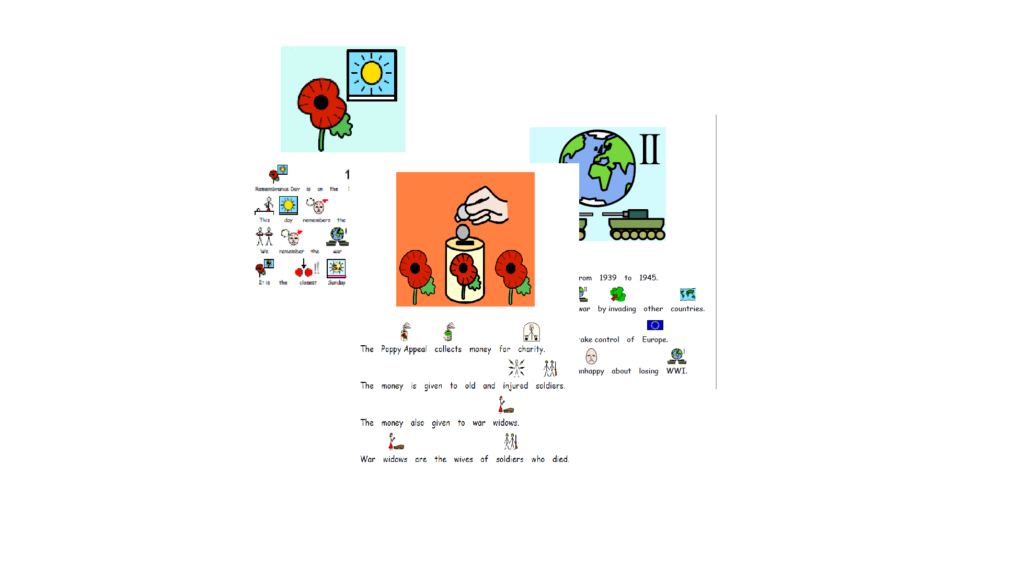
LGfL have a range of augmented and virtual reality content for schools. Read more here about augmented reality and the benefits it can bring to the classroom. Two of the resources in the collection would be great to use within your classroom whilst studying and commemorating Remembrance Day. They are as follows:
First World War Active Worksheet was produced for the centenary of the outbreak of World War 1. The resource pack uses augmented reality to produce a genuine 'wow' moment in the classroom and brings virtual artefacts to the desktop. This is backed up by mapped curriculum activities focussing on history, literacy, music and art.
The Trench Experience virtual-reality app from LGfL brings life in the trenches to life, and is ideal for History and English teachers covering World War 1 and trench life and warfare in general.
Another LGfL resource you could explore is The M room. This resource gives exclusive access to secret World War II listening sites where the British Secret Service bugged high-ranking German Military prisoners. The resource features an interview with one of the original secret listeners and extensive primary-source material from the Ministry of Defence, relatives of those involved, and The National Archives.
Women in Computing - Women in Computing from LGfL aims to recognise and promote the achievements of women in British computing within the social context of the time. The work of women as code breakers during WW2 is one of the areas that is covered within this resource.
There are many ways of remembering with pupils, for younger pupils you may want to turn to Busy Things. Within the History section there are some World War 2 writing templates; the pupils could consider the effcts of World War 2, imagine they were an evacuee writing home during the war or create their own WWII posters. Within the "Special Events" calendar under Armistice Day and Remembrance Sunday, there is a poppy template which younger children could be encouraged to colour in.
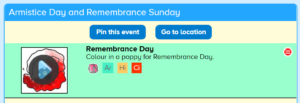
The new Busy Bodies on Busy Things allows teachers and pupils to create their avator to go with their Busy Things ID (as a fun way of identifying teachers and pupils within the BusyThings platform). Follow these steps to create Busy Bodies and then if you have special events turned on at school in Busy Bodies it will automatically put a poppy on the avator for Remembrance Day.
How to create your Busy Body
 Click silhouette to begin. |
You can create a Busy Body when you first create your ID, by clicking on the silhouette. You can also create or change it at any point by clicking on the silhouette below your ID in the left hand menu. You must have already created an ID to see this option. |
 Click the scramble button to begin. |
Clicking on the silhouette will open the Busy Body editor. There you can create or change your Busy Body. If you haven't already created one, a randomly generated body is provided to get you started. Clicking the scramble button will generate another one. Keep clicking this if you wish and then move onto the arrow buttons. |
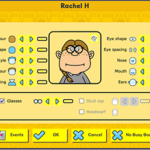 Click the arrows to make your Busy Body. |
Use the left and right arrows to scroll through the available options for each setting. There are additional features below which can be toggled on or off. Toggling these on may disable certain other settings and features. There are different settings and features available in the teacher and pupil Busy Body editors. |
Please note: you can remove a Busy Body by opening the Busy Body editor and clicking the No Busy Body button in the bottom right.
Pupils could also use Just2easy to present research about the impact of the wars on their local community or try respresenting Flanders Fields or similar in JiT paint.
Other Resources
Activehistory - There are a collection of Remembrance Day materials here for Years 7- 13, including an assembly, put together by Russell Tarr.
The War and Peace Shed from the Literacy Shed, has a range of short films that could be used when looking at the theme of Remembrance. There is also an excellent blog post (written in 2018) from the Literacy Leader, including more book and film ideas and resources.
In Flanders Fields and Ode to Remembrance are two poems that could be shared with older students, they could use copies of these to create their own 'black out poetry' this is when a page of text, is coloured over so that only a few words are visible, these words then create a new poem, great to get the children thinking about the choice of their words.
Poppies - is a beautiful animation from Cbeebies following a young rabbit through the poppy fields, great to use with younger children.
The author Tom Palmer has a range of resources available to use within the classroom all around the theme of remembrance, linked to books that he has written. Reading War, is an online resource packed with information on WW1 and exploring the themes of Over the Line by Tom Palmer and Tilly's Promise by Linda Newbery.
Into film also have a range of resources linked to the film adaptation of the book Private Peaceful, with resources linked to a range of curriculum subjects including Citizenship, English and History. You can also listen to an abridged version of the Michael Murpurgo's 'Private Peaceful' in 13 chapters via BBC School Radio (you will need to sign in to BBC iplayer to listen). There are programme notes, episode summaries, literacy activities and a gallery of images, like the one below great to use for writing and drama prompts.
This resource is just one of many that BBC Teach have curated for both primary and secondary students that include Assembly plans as well as radio and tv programmes. Historian and presenter Dan Snow also introduces some of his favourite clips from the BBC archive, perfect for exploring WWII with KS3 and KS4 students the short films are split into two categories - The Home Front and The Holocaust.
Extract "For the Fallen" BY LAURENCE BINYON
If you would like to share any work related to the Remembrance Day suggestions above please find us on our Twitter or Facebook pages.
Blogpost edited from the previous one on this theme posted in 2019.

